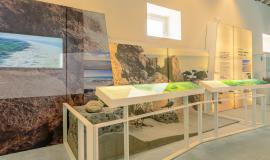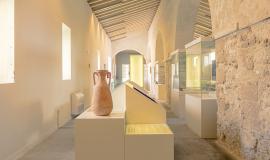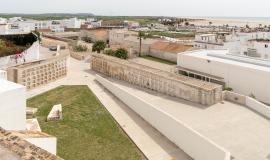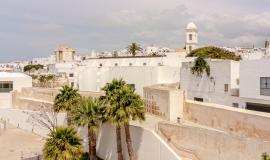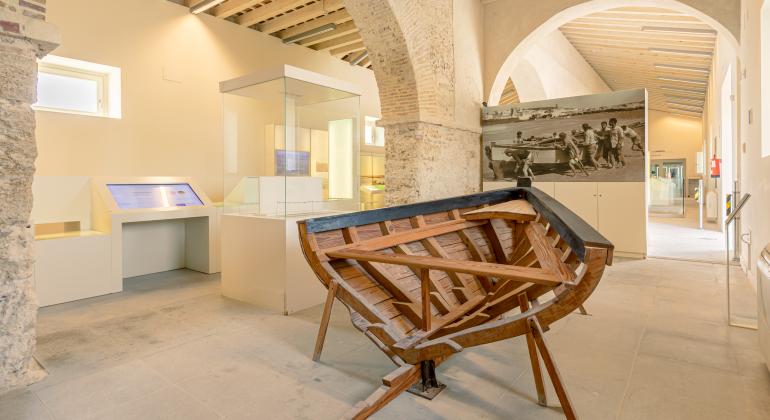
This enclave consists of a group of buildings from the 16th century (built by the Duke of Medina Sidonia between 1540 and 1560), used for the almadrabera industry. During the fishing season, the tuna were cut up here, salted and placed in barrels to be sold. At the end of the season, La Chanca was converted into a large storehouse for equipment and other tools used for the traps, such as the barges, bolla, anchors and nets.
The origin of La Chanca is due to the growing importance of tuna in the town during the 16th century. It has a structure designed to protect the salted fish, manufactured in this very place, which was a very important part of the town's economy.
This monument not only represented the fishing activity, but also the industrial activities associated with it, such as the carpentry of the river, the salted fish and the salting activity.
It had rooms for offices, housing for employees, kitchens, stables, barns and barns. Inside, there is a large building known as the "Bóveda de Sal" (Salt Vault), for storing this product, which is so important for preserving tuna.
In its more than 7,000 square metres, La Chanca houses an Interpretation and Documentation Centre that highlights the cultural and historical relations that link Conil with the sea and the traps, as well as the José Velarde municipal library. In its large central courtyard, cultural programmes are held throughout the year.
The Centre for the Interpretation and Documentation of the Sea, Tuna and the Almadrabas de la Chanca de Conil has different buildings, two of which are used as museums and exhibitions, a storehouse for tackle and another for salt, where you can find archaeological remains that help you to understand the origins of the municipality, models of the different fishing systems and videos explaining traditional fishing through the art of the almadraba (traps). This centre makes you understand and feel how the millenary art of the almadraba has determined the life and evolution of an entire town; to understand La Chanca and how a Renaissance industrial building worked; and to understand the reason for a coastline and a sea with unique and special characteristics.
A unique enclave where you can understand the importance of bluefin tuna fishing in the Atlantic.


